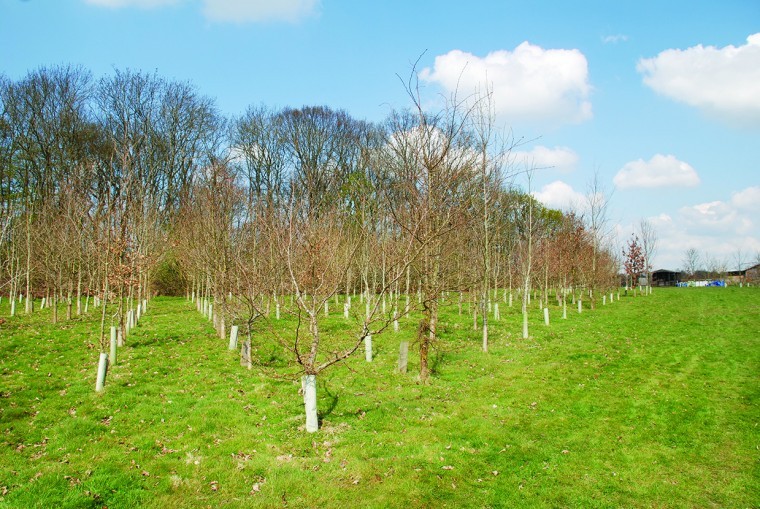News of the long awaited grant streams for woodlands have begun to trickle through, writes Stephen Judd, Independent Woodland Management.
Forestry Commission director Ian Gambles said: “I am delighted these important grants are now available to landowners and their Agents, many of whom have already been talking to us and are keen to apply. Creating new woodlands and better managing those we already have remains a top priority for us and the sector.”
New grants for planting woodlands have been introduced under the Countryside Stewardship administered by a grouped together DEFRA, English Nature (EN) and Forestry Commission (FC). The FC will be responsible for the “on the ground” work.
Countryside Stewardship grants are a far departure from the English Woodland Grant Scheme that they replace. CS grants will be based on capital payments of up to £4,800 per ha (£1,942/acre) for planting woodland and £200/ha (£81/acre) per year for maintaining it. There is a ceiling of £6,800 per ha (£2,751/acre), and the maintenance period is a maximum of 10 years.
A menu has been produced allowing selection of various grouped together possibilities and for the first time under the FC an amount is available for fencing costs of various types, from rabbit netting through stock fencing, to high fences for protection against deer. This should make long strips of woodland, for instance along roadsides, or to be used as screens, more economic than was the case in the past.
For existing woods, Woodland Planning Grant has been re-introduced. This stimulates one off payment surveys, mapping with detailed information, including compartments and tree species and a plan of operations formulated from the information gathered.
The woodland plan is not a commitment to do the work but has proved an extremely useful tool in setting out options and priorities. We still await definition of Management Grant. Options available under this new grant are due to be finalised in July 2015 with the first grant available for the period beginning January 2016. Grant periods are likely to be five years with annual claims being made against work completed from an annual application. Some elements might be compulsory in certain areas, such as vegetation monitoring to log the damaging effect done to woodlands by an increasing deer population. Action to cull more beasts can then be taken if evidence points to continuing damage to woodland flora or trees. The overall maximum payment under Management Grant will not exceed £100/ha per year (£40/acre per year) but the tariff of options and how they can fit in with the whole is as yet unannounced.
What seems to be a driver in forecasting potential grant funding is the control of damaging non native species, whether they are animals or plants and rhododendron control is usually high on the list of public enemies and has become part of the C.S. Capital Grants. Rhododendron has a number of unpleasant traits. It can harbour and grow certain tree disease, one of which can importantly infect oak trees. It shades the ground preventing colonisation of both ground flora and tree seedling and it exudes mild toxins preventing seed germination of other plants.
I hope that of all the animal enemies, grey squirrels are moved to near the top of the list. The bark stripping activity displayed in the Spring by, usually young bucks, is responsible for the ruination of a great many trees, including oak, hornbeam and beech when these trees are in their middle development stage and are looking to all intense and purposes to thrive for life. Squirrels also eat many songbirds eggs and feed on their young. At present it remains that the only really effective control on squirrel populations is brought about through the use of poison baited hoppers.
Tree diseases, potentially at the moment most important being in larch (phytophthora ramorum) and ash (chalara fraxinea), are given priority under Countryside Stewardship with capital grants being available from mid February 2015. This grant covers felling diseased trees and the necessary associated scrub control and ranges widely from £260/ha (£105/acre) to £1680/ha (£680/acre) depending on th size of the infected trees.
It will be interesting to see how Management Grant fits with Countryside Stewardship capital grants but it must be welcomed that more avenues are opening to help fund woodland work and to assist woodland owners in prioritising their objectives. We now await further announcements which are scheduled for July 2015.




